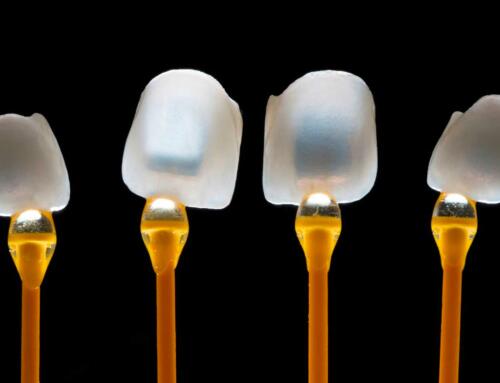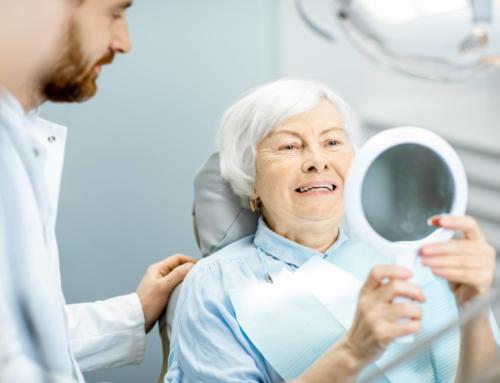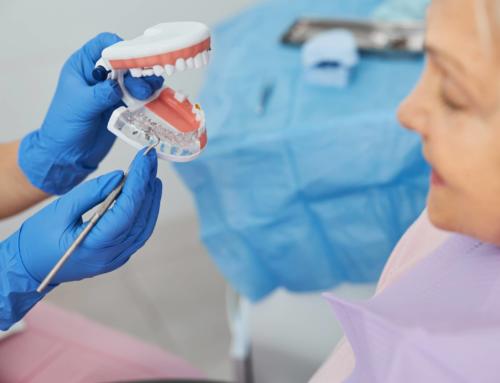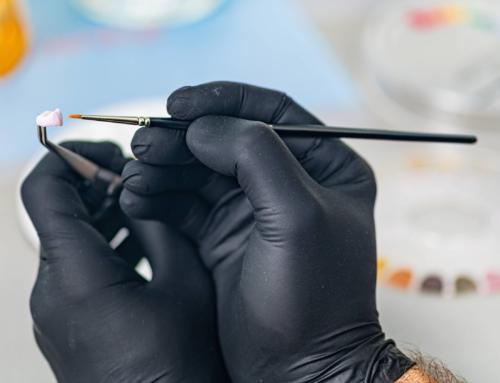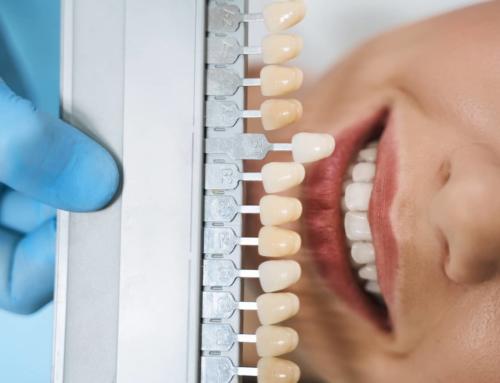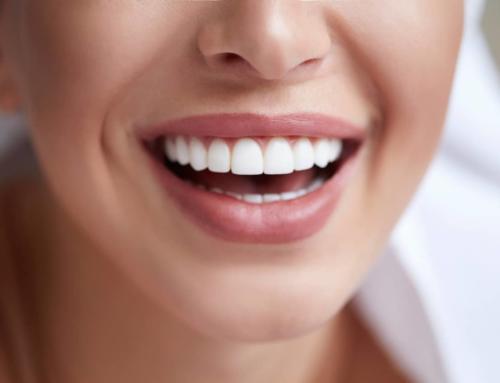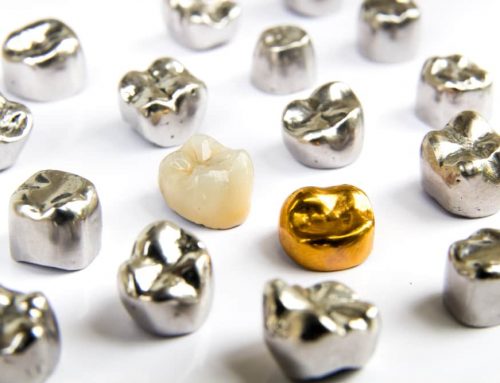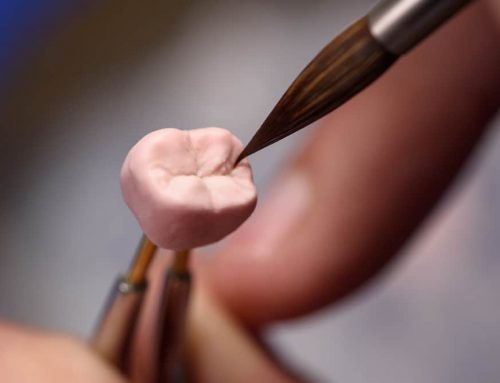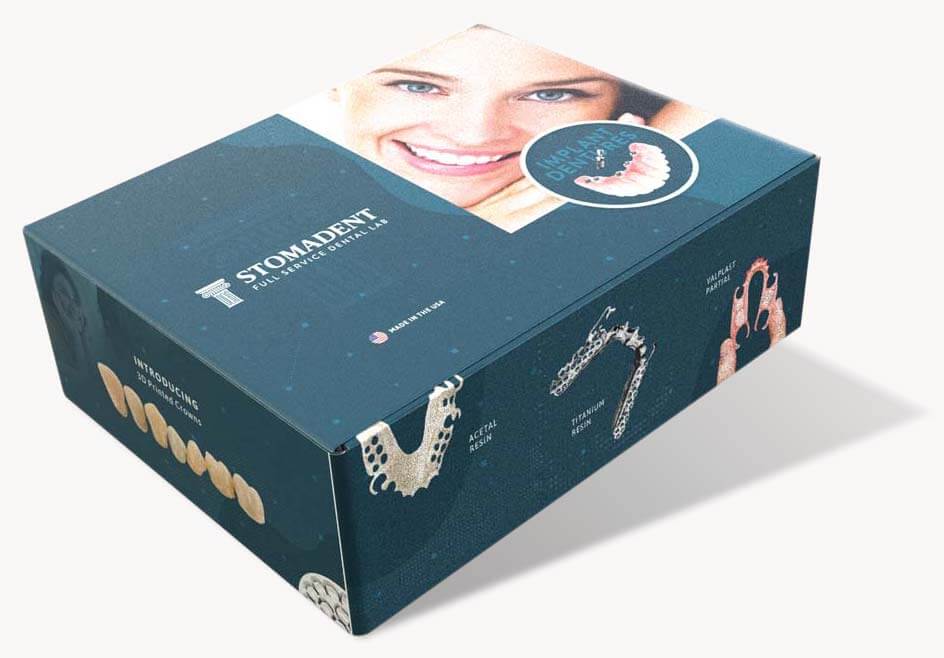
By David Hudnall, DMD
Stomadent Dental Laboratory offers two different types of all-ceramic dental lab crowns: Emax and zirconia. Why are there two choices? Why should I choose one type over the other?
Both are all ceramic crowns made from metal oxides. Both have no underlying metal substructure to show through or create that unsightly dark ring at the margin. Both are milled from a solid block of their respective components via CAD/CAM technology followed by heat treatment, producing a smooth finished crown. Both may have layers of porcelain fused to them to create an even more natural aesthetic appearance. Both are recommended for patients that are allergic to or object to having metal in their mouth. There seem to be a lot of similarities. So what are the real differences and why might the differences be important when choosing a material for your patient’s crown?
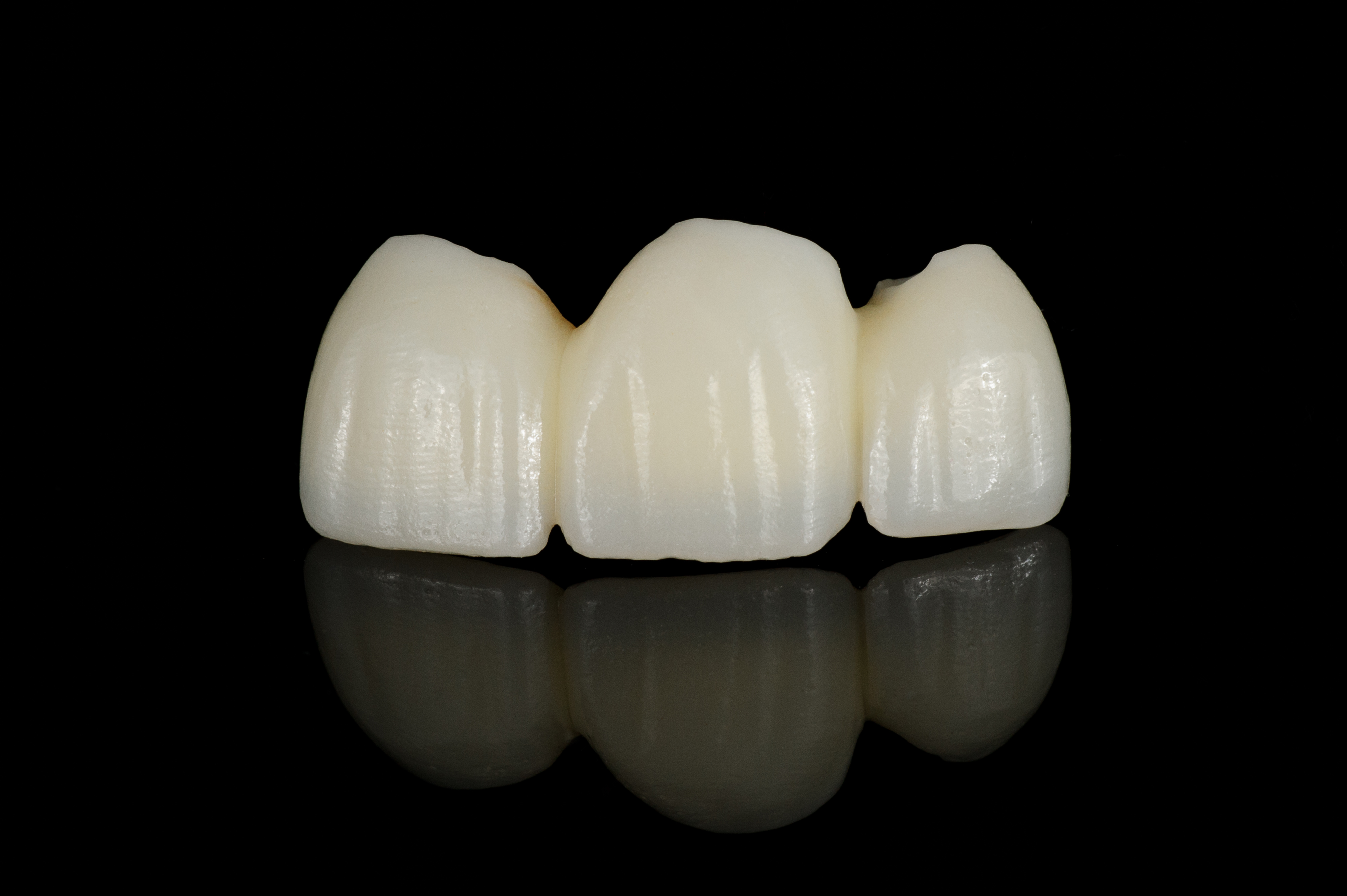
Emax
Lithium disilicate ceramics were first introduced to the dental restorative market in 1988, before CAD/CAM technology for fabricating crowns was available or commonplace. At that time, the all-ceramic crowns were created using a pressure casting technique. By 2005, the process was changed to take advantage of the development of CAD/CAM technology in the dental lab industry. The same monolithic lithium dioxide was used but the technique changed from pressure casting to milling. Thus the IPS Emax that is used today in dental laboratories was born.
Emax is aesthetically pleasing and possesses the translucent and reflective properties that mimic and blend with neighboring natural teeth. The tooth preparation required for Emax is less aggressive than for zirconia or porcelain fused-to-metal (PFM) crowns. Cementation is achieved by both bonded and mechanical retention. The material can be used for full coverage crowns, inlays, onlays, and veneers and has an average lifespan of 10-15 years before fracturing.
Zirconia
CAD/CAM crowns made from zirconia dioxide were introduced to dentistry in 2010. Before being considered a crown material, zirconia dioxide was used for endodontic posts and dental implants. The material is incredibly strong, resistant to wear, and difficult to crack. Crown preparation involves a more aggressive reduction than required for Emax. Cementation is achieved via mechanical retention using a glass ionomer resin dental cement.
Zirconia does have one major drawback. In its true monolithic milled form, it is fairly opaque. So it hides tooth discoloration and large core build-ups well. But it lacks the translucent properties that make it appear truly natural and lifelike. The manufacturers have improved the appearance by developing a translucent version of zirconia that more closely mimics the translucence of natural teeth. Because zirconia crowns have been in use for a relatively limited time, there are no long-term longevity studies are available. In other words, no one has observed exactly how long a zirconia crown will last before it must be replaced.
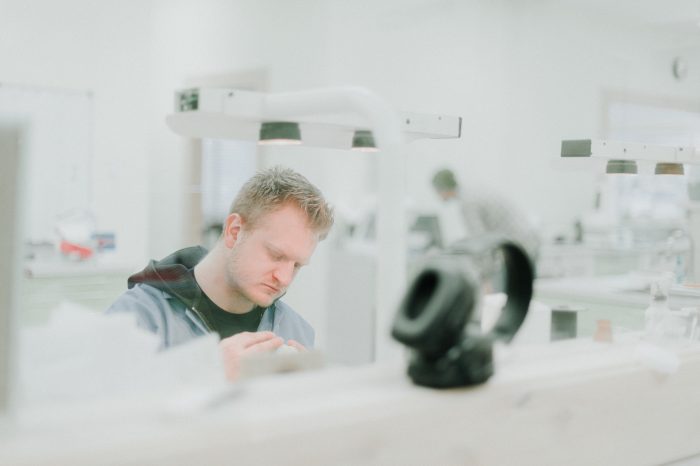
Making a choice
So why choose one type of crown over the other? It comes down to the individual patient and the application for use. In reality, it depends on the patient’s bite. You know your patient and their chewing habits better than the laboratory technician. So it’s really up to the clinician.
Zirconia is very resistant to wear, stands up well to bruxism, and is difficult to crack. If you have a patient who goes around clenching his teeth all the time or has a hard bite, zirconia will withstand the stress over time whereas Emax will not. Even the altered chemical formulation used to create the translucent form of zirconia is much more resistant to wear than Emax. In fact, Emax may fail before its average lifespan in the presence of excessive stresses.
Emax does have its place. It possesses greater aesthetic appeal that allows it to blend seamlessly with the surrounding natural teeth. In addition to full crowns, Emax has the ability to be used in more conservative restorative applications such as inlays, onlays, and veneers. Zirconia can’t handle any of these uses. If the patient’s bite is not an issue, Emax would be the more lifelike choice.
But that’s not to say that the choice won’t be different in the future. Dental product manufacturers are always researching and looking for ways to improve their products. In the near future, the aesthetic qualities of zirconia may be improved to the extent that they surpass Emax. Who knows what the future holds?
As certified providers for both Emax and zirconia all-ceramic crowns, Stomadent Dental Laboratory has the training, knowledge, and mastered the materials and their unique applications. Stomadent is the best dental lab to exceed your expectations. We want to partner with you and make you look good in the eyes of your patient. A beautiful restored smile is only a case away! Get your starter kit from us today to see how great our work is.

